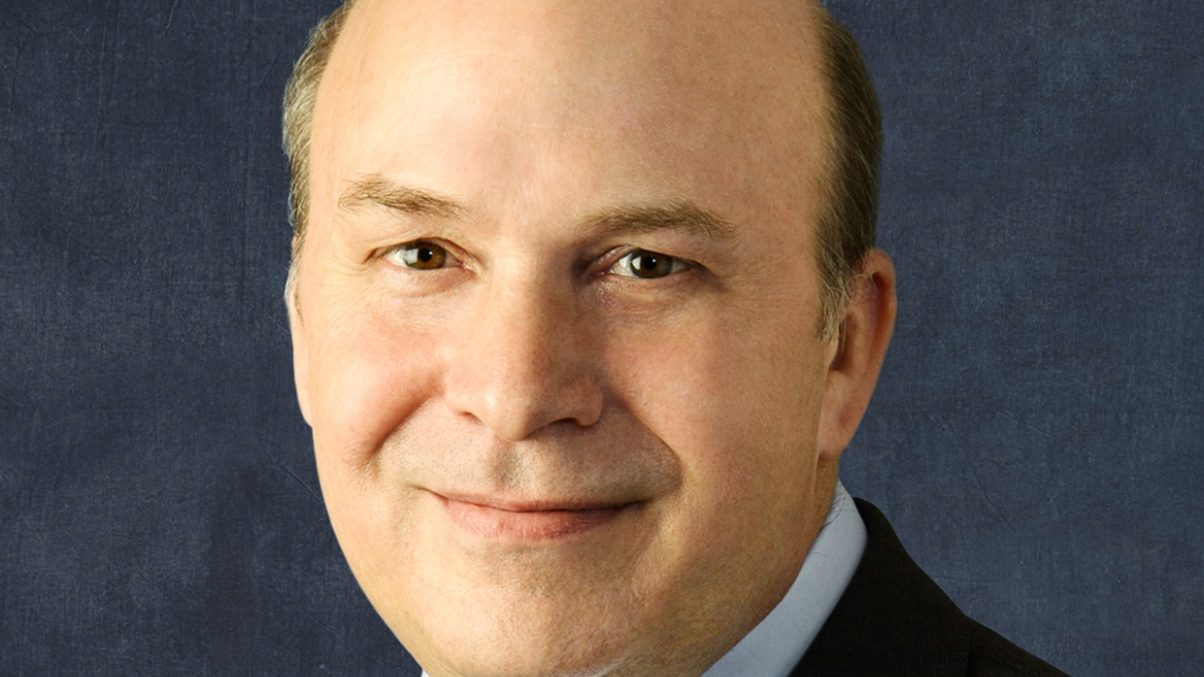Manulife merges AM, wealth units in Asia
The insurer's merger of its asset and wealth management divisions in the region is seen as an effort to cut costs and boost efficiency, following similar moves by banks in recent years.

Canada's Manulife has merged its asset and wealth management arms in Asia, and appointed Michael Dommermuth, its president for international asset management, to head the combined business.
Sign in to read on!
Registered users get 2 free articles in 30 days.
Subscribers have full unlimited access to AsianInvestor
Not signed up? New users get 2 free articles per month, plus a 7-day unlimited free trial.
¬ Haymarket Media Limited. All rights reserved.


